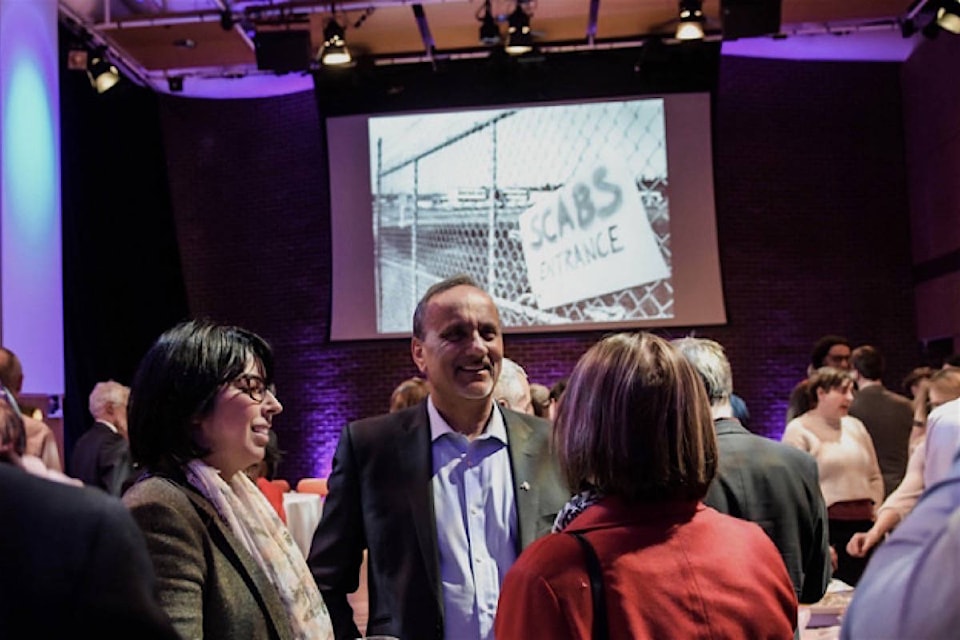B.C. Labour Minister Harry Bains has quietly released his independent panel’s report on “modernizing” the Labour Relations Code.

This being an NDP government, the key question is whether they try to recreate the 1990s or go back farther to the disco era, where what’s good for unions was believed to be good for everybody.
Reality has moved the other way, with a steep decline in private sector unionization. The disco ball still glitters mostly for B.C. public sector employees, who remain 65 per cent unionized even as private sector union participation has fallen below one quarter.
It will go lower. In addition to disco, the 1980s was notable for the rise of globalization. Outsourcing business services, dismantling barriers to movement of goods, capital and people, and round-the-clock competition among global business creates a need for more work flexibility.
Bains didn’t have much to say about the Labour Code recommendations. His staff cancelled a scheduled interview, and when I stopped him in the corridor, he talked about needing yet more consultation before commenting. This is after three labour lawyers took submissions for months from the various interest groups.
They made a couple of contentious recommendations. One is to remove essential service restrictions on public school strikes, except for delivery of provincial exams to grads. (Hands up everyone who thinks teacher unions don’t have enough power or attention.)
Two of the three panelists recommend keeping the secret ballot in union certifications. The third, representing unions, said the sign-up of union cards is enough. There’s no evidence that “some employees join trade unions due to peer pressure,” she wrote.
It wasn’t so much “peer pressure” as thinly veiled threats that greeted me when I first joined an industrial union back in 1979, and was instructed not to work too fast. Since then I’ve never seen employer coercion, just lots of union thuggery, from the bombing of replacement mine workers to teachers putting up illegal pickets to block unaffected government employees from going to work.
The return to a 1990s-style union monopoly on public construction was the main topic in the B.C. legislature last week. The B.C. Liberal opposition invited members of excluded unions and the contractors who work with them, and don’t want to be forced to submit to restrictive terms imposed by U.S.-based building trades.
A young woman spoke about getting the chance to become a welder. A superintendent, carpenter by trade, talked about the restrictive “craft lines” that famously ran up the labour costs on the Island Highway when he worked on it. These kinds of featherbedding, overtime-padding tactics are what the NDP is determined to bring back.
Tom Sigurdson of the B.C. and Yukon Building Trades assures me that requiring a labourer to run a concrete vibrator for five minutes while carpenters stand and wait is for safety. Sorry, but I’ve run one of those on a non-union site. Safety is a concern there too, along with efficiency.
Sigurdson, Premier John Horgan and Transportation Minister Claire Trevena insist that the building trades monopoly is necessary because that’s the only way to increase the number of apprentices. Members of the Christian Labour Association of Canada, the main target of the NDP exclusion policy, say they are in the top three in apprenticeship training.
This defence of inefficiency extends only to projects funded by taxpayers. In the rest of the world, competition will make short work of anyone who tries it.
Tom Fletcher is B.C. legislature reporter and columnist for Black Press Media. Email: tfletcher@blackpress.ca
@tomfletcherbc
tfletcher@blackpress.ca
Like us on Facebook and follow us on Twitter.
